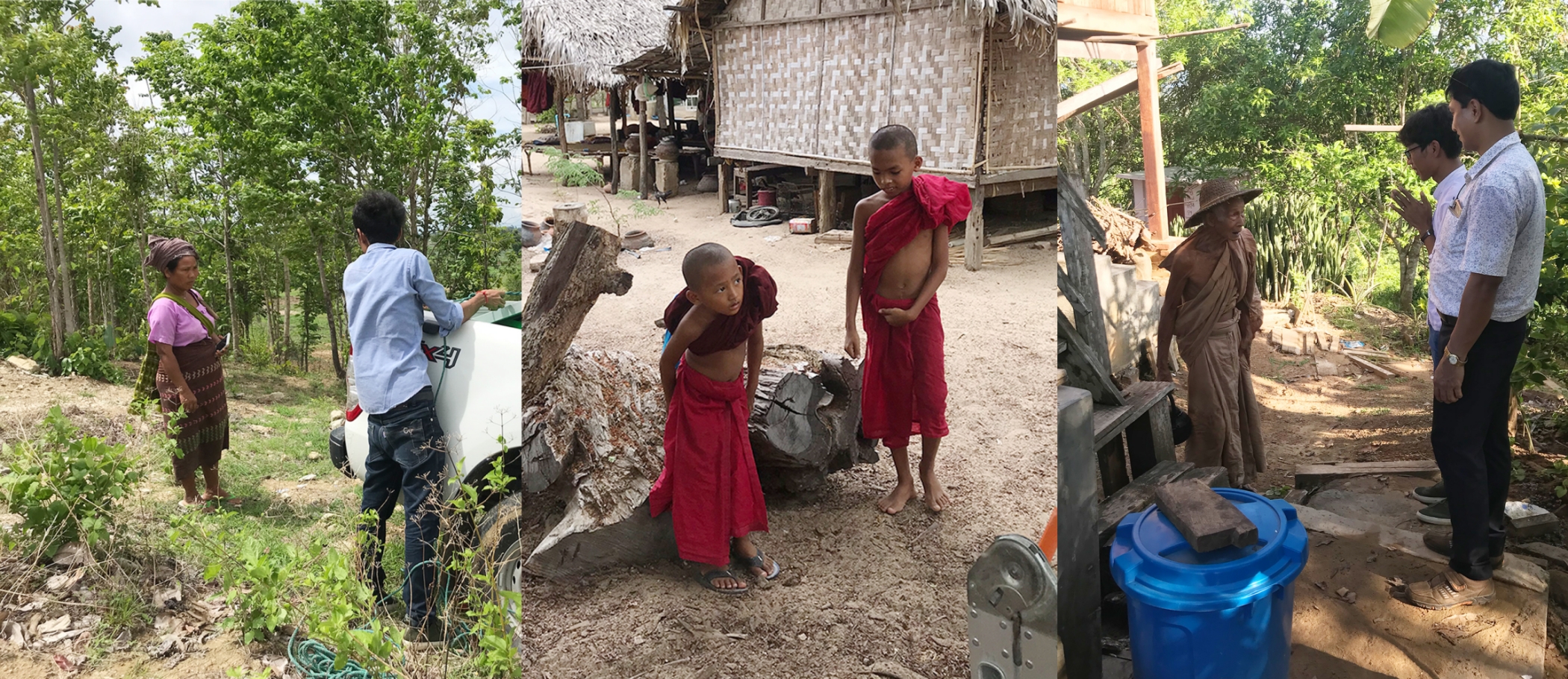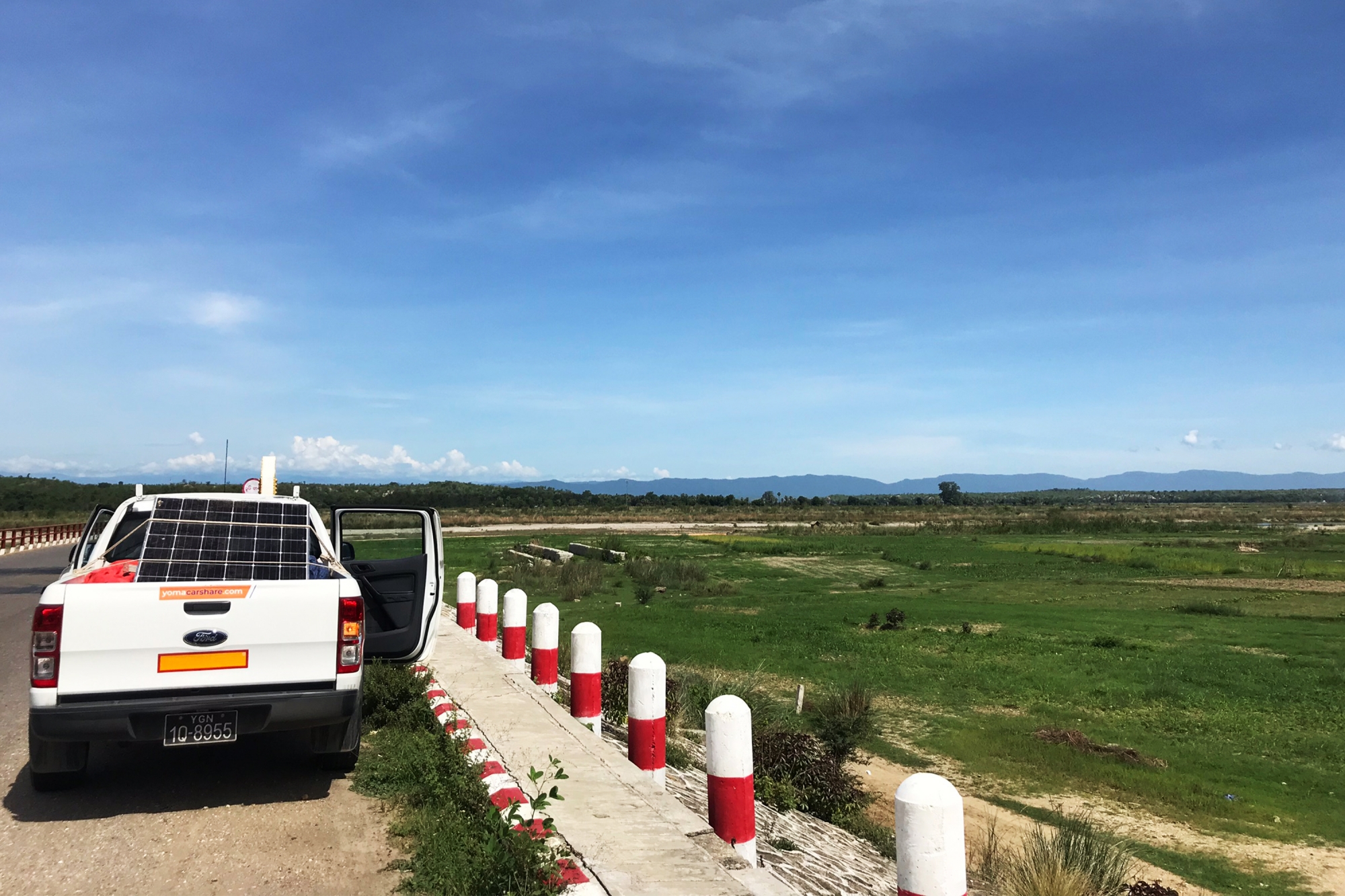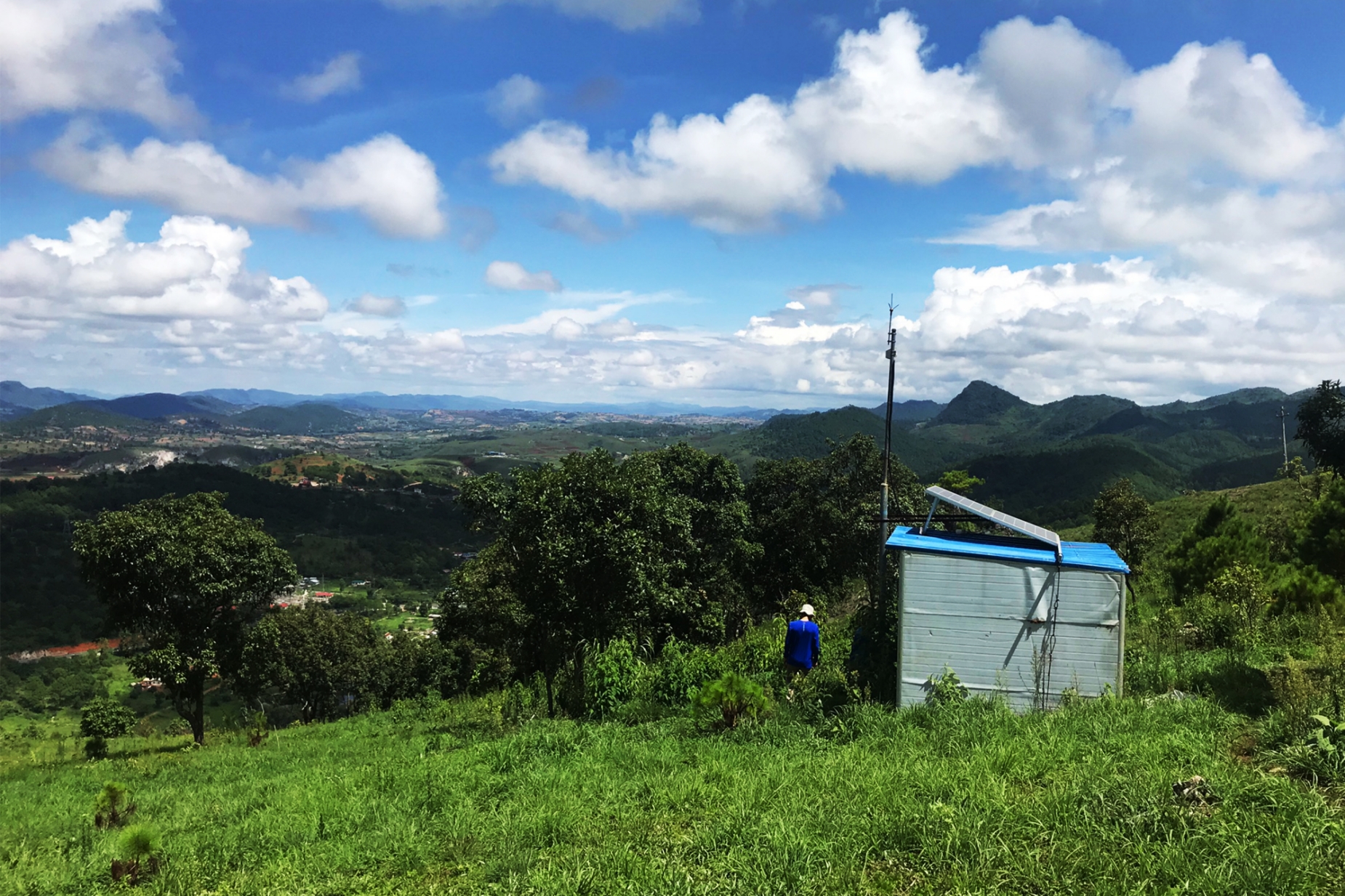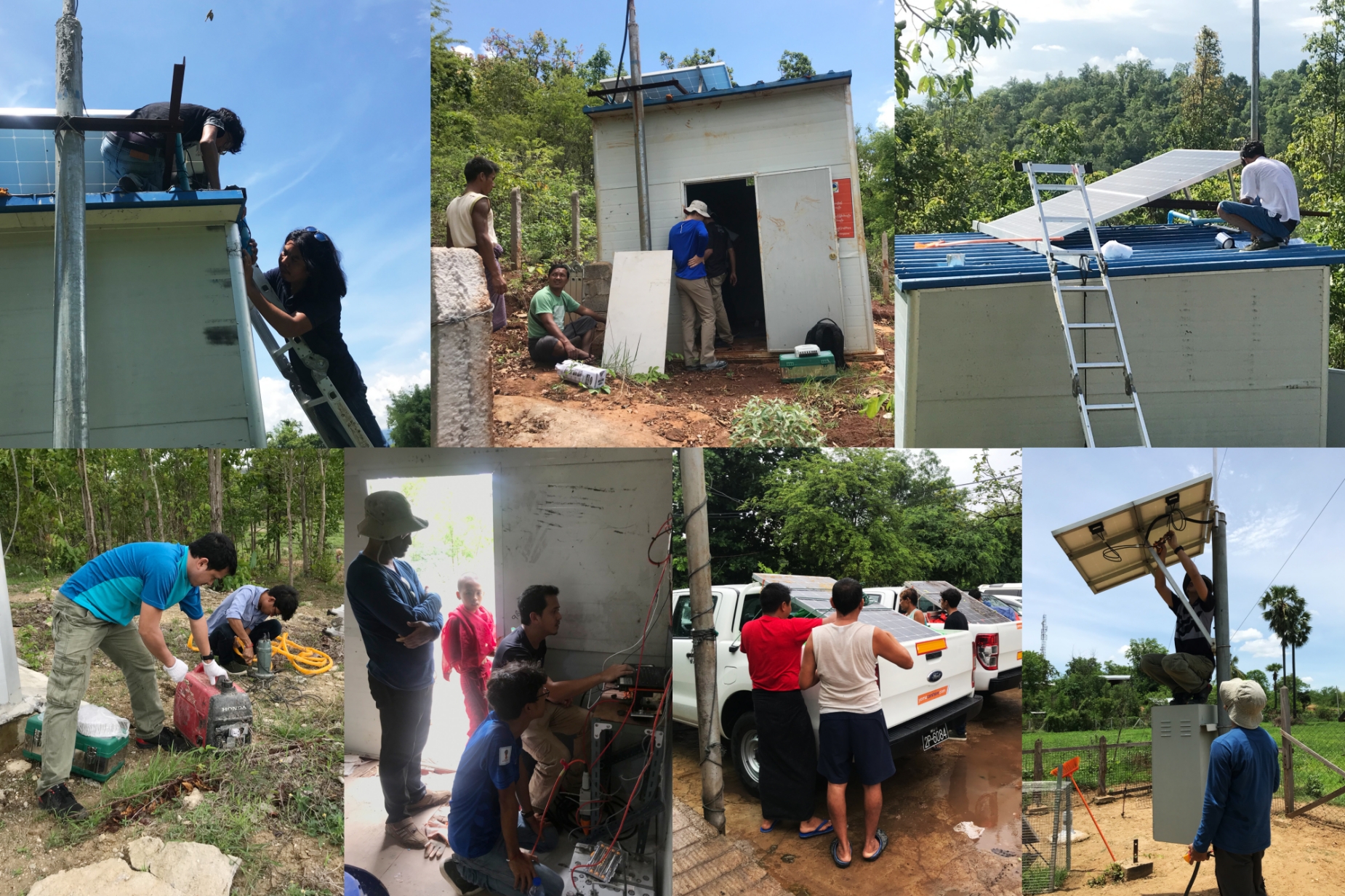
I was part of a team who recently went to Myanmar to repair instruments that are key to understanding natural hazards in the region. We worked and stayed with the locals the whole time, which was an amazing way to discover the Myanmar culture.
Myanmar lies in the complex boundary zone on the eastern edge of the Indian plate. It is therefore prone to seismic hazards. However, due to political leadership, little was known about these hazards until 2010 when the first research projects got started.

Between 2011 to 2017, 17 GPS stations, 30 Seismic stations, and 10 strong motion accelerographs (SMA) were installed by the Centre of Geohazard Observations (CGO) at the Earth Observatory of Singapore, in collaboration with the Myanmar Earthquake Committee, and the Department of Meteorology and Hydrology in Myanmar. At CGO, we conduct regular fieldwork in many countries for research purpose and always in collaboration with local institutes, and this ongoing project aims to study and monitor tectonic and seismicity in Myanmar.
But these stations are not fool-proof and need regular maintenance. The 2019 maintenance field work began in June the same year, when a team of hardy CGO travelers spent 16 days traversing the plains and highlands of Myanmar. The mission was to visit 25 monitoring stations across the country to conduct maintenance, reinforce sites for the upcoming monsoon, and repair all technical issues.

During the field work, two teams of CGO field engineers and Myanmar collaborators had to ensure connectivity at each station in order to continue receiving data online. Sometimes the technical problem was with the telemetry, and some other times it lay with the instrument or the power source. Floors at some seismic stations were damaged by rain water and termites. We made the housing units stronger by adding extra floorboards and covering the roofs with roof-joint tape to survive the coming monsoonal rain.
We stayed in a different location almost every night for two weeks as we travelled around the country. Most stations are situated in isolated rural areas, near tiny villages or on the grounds of remote Buddhist temples. Many stations are guarded by local Myanmar people.

From our experience, Myanmar people are friendly, relaxed, humble, and respectful. We always received valuable support from them, and whether by singing in the truck or sharing stories over dinner, their collaboration made this arduous trip memorable.
We witnessed and learned a lot about Myanmar and its people from this maintenance trip. It was an incredible opportunity to experience the country’s diverse cultures and breath-taking landscapes.
We hope that by conducting this seismic and GPS maintenance, we have ensured the transmission of data for seismic and tectonic research that will build Myanmar’s resilience against hazards now and in the future.